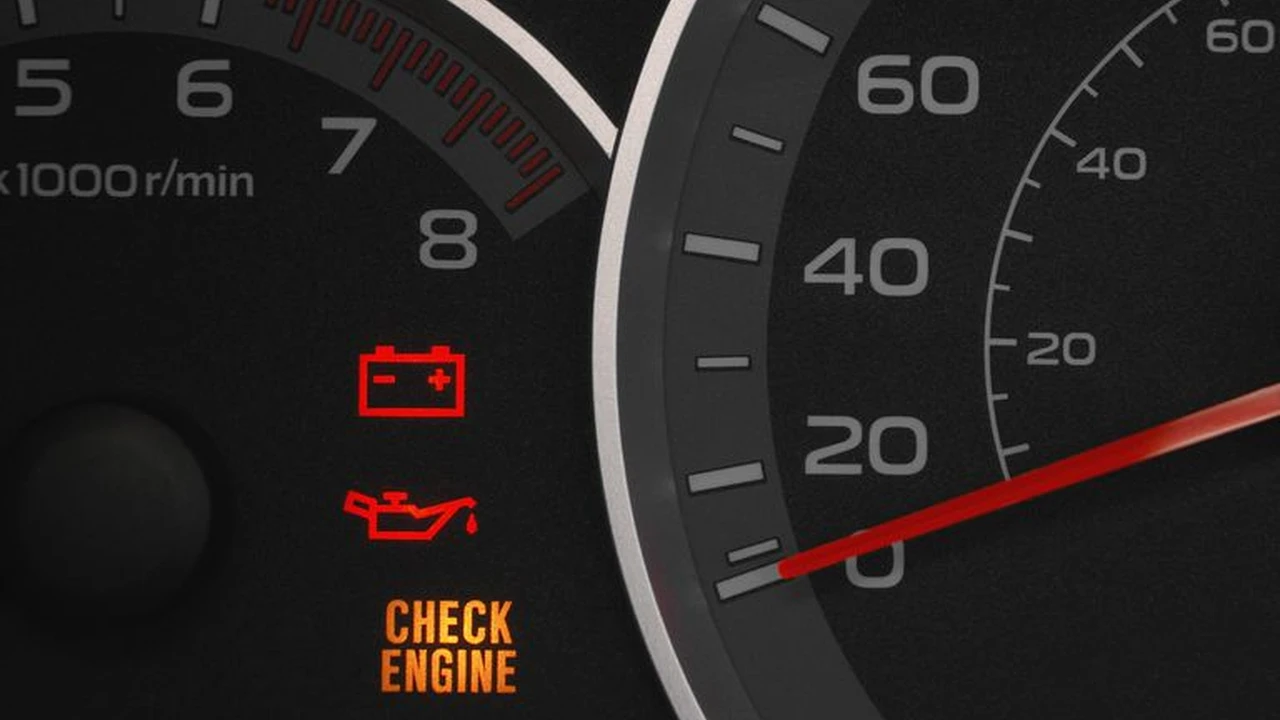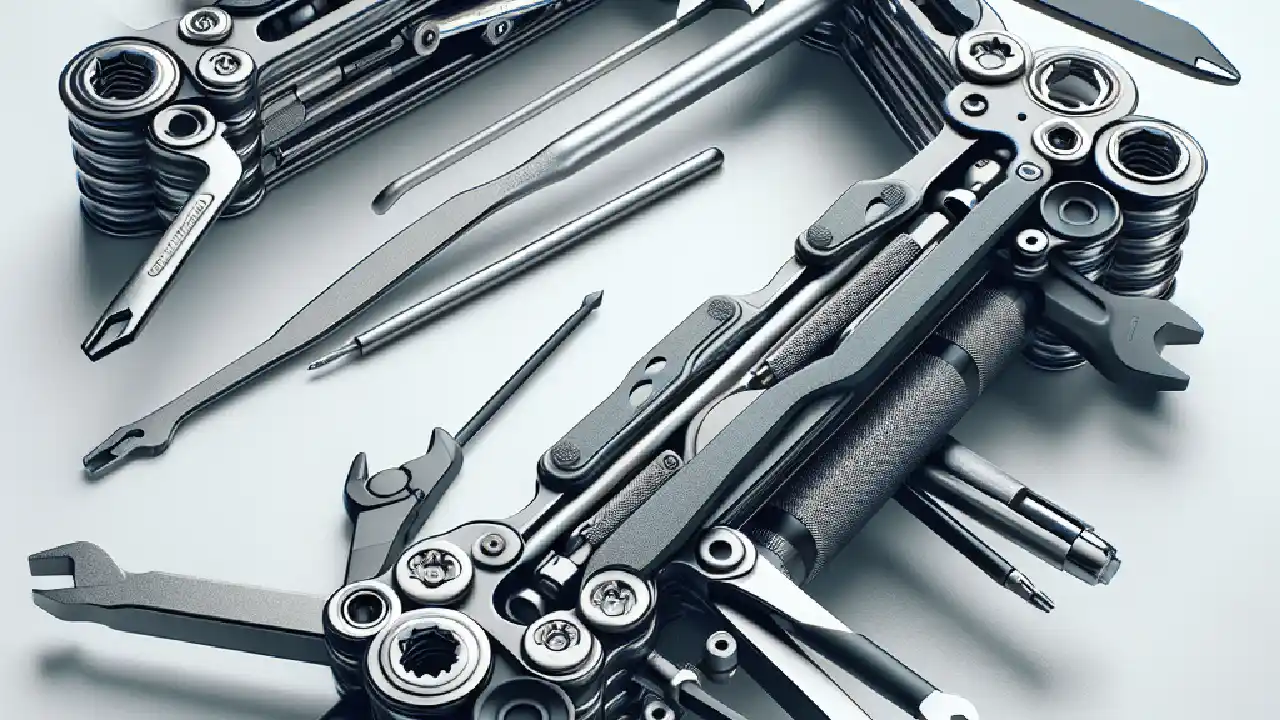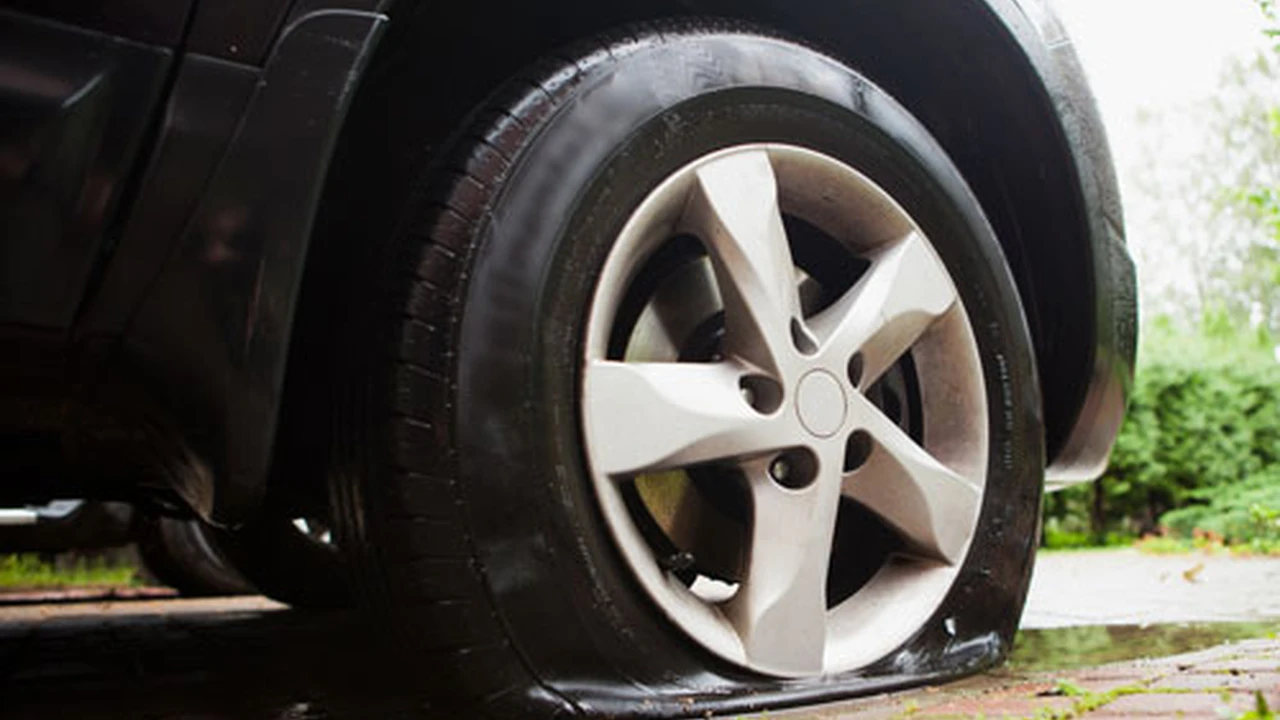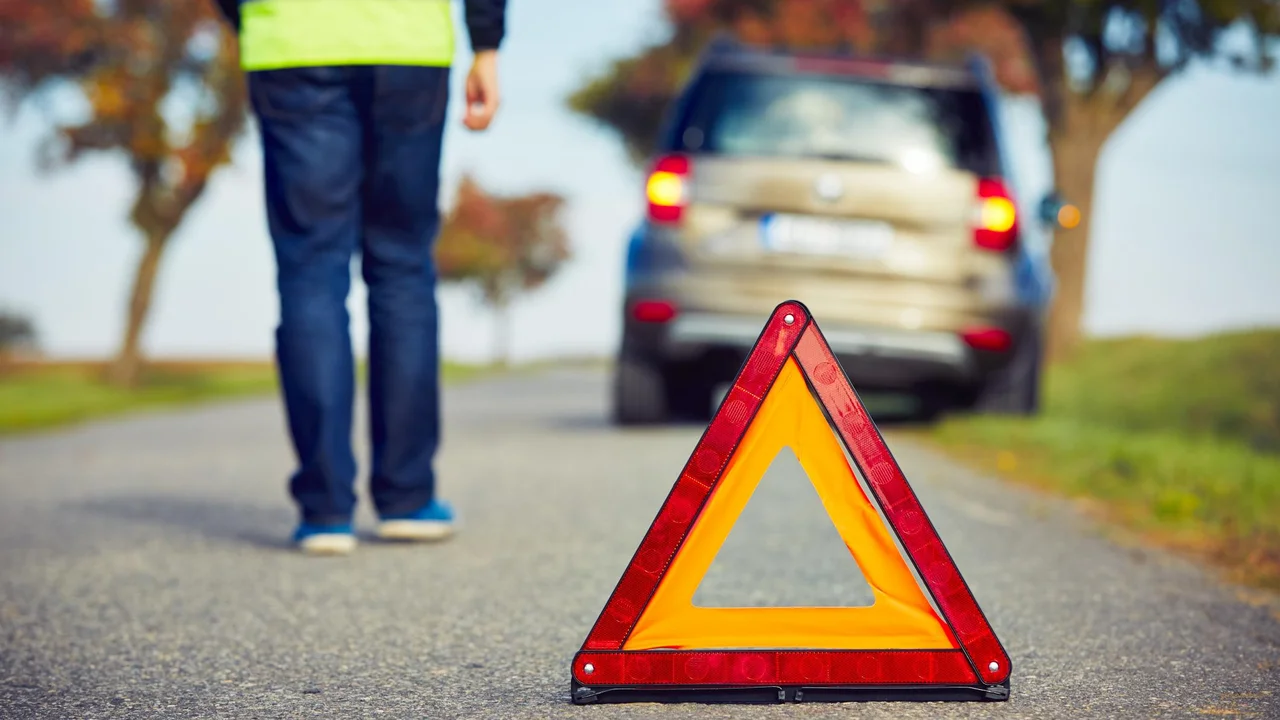Best Reflective Safety Vests for Roadside Visibility
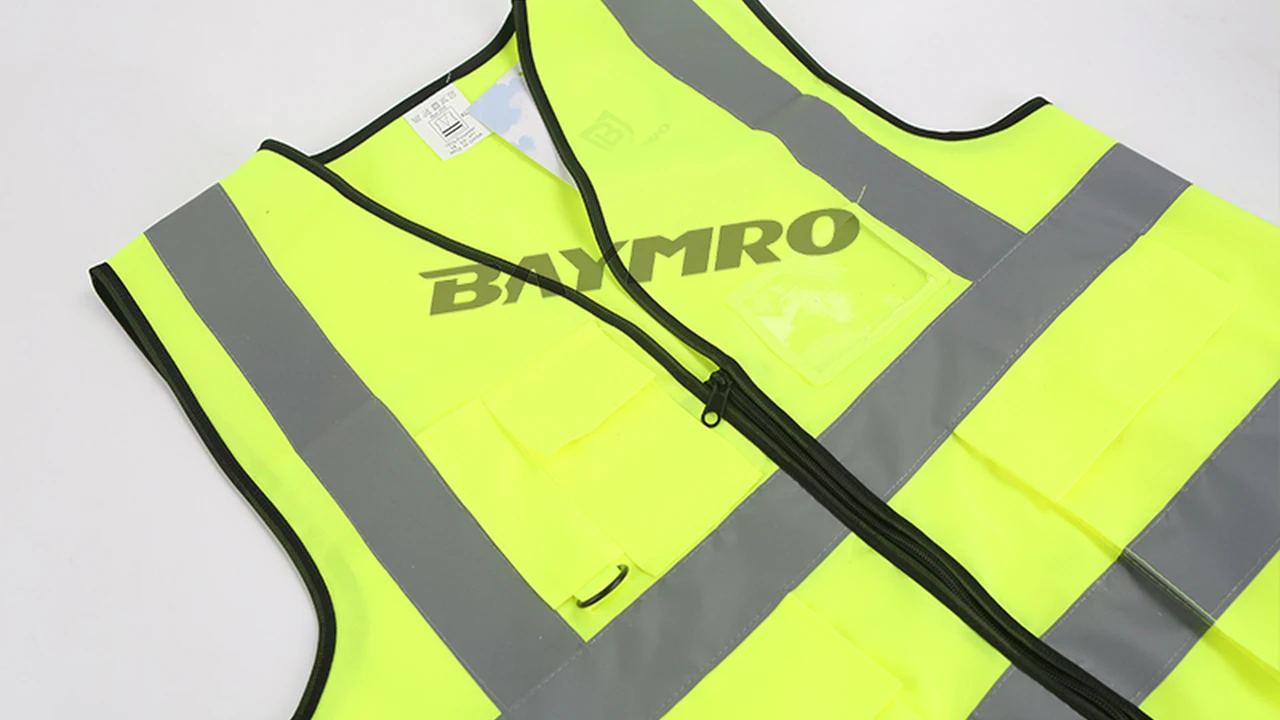
Why You Need a Reflective Safety Vest For Roadside Emergencies Visibility
Let's face it, roadside emergencies are a pain. Flat tire? Dead battery? Whatever the reason, you're stuck on the side of the road, and that's a dangerous place to be. Especially at night, or in low visibility conditions. That's where a good reflective safety vest comes in. It's not just some accessory; it's a crucial piece of safety equipment that can literally save your life.
Think about it: cars are whizzing by, often at high speeds. Drivers might be distracted, tired, or simply not paying attention. A bright, reflective vest makes you highly visible, giving drivers more time to react and avoid hitting you. It's a simple, affordable way to dramatically increase your safety.
Beyond just personal safety, many states and even companies require the use of reflective vests for roadside work or emergencies. It's a sign that you're taking safety seriously and complying with regulations. So, whether you're changing a tire, inspecting your car, or waiting for roadside assistance, a reflective vest is a must-have.
Key Features To Consider When Choosing A Reflective Safety Vest For Roadside Visibility
Okay, so you're convinced you need a reflective vest. Great! But with so many options out there, how do you choose the right one? Here are some key features to keep in mind:
- Visibility & Reflectivity (ANSI Compliance): This is the most important factor. Look for vests that meet ANSI/ISEA 107 standards. This ensures that the vest provides adequate reflectivity for various lighting conditions. Different classes exist (Class 2, Class 3), with Class 3 offering the highest level of visibility, especially in complex backgrounds.
- Material & Durability: Consider the material of the vest. Polyester mesh is lightweight and breathable, making it ideal for warm weather. More durable materials like nylon or Oxford cloth can withstand harsher conditions. Check the stitching and construction to ensure the vest can handle wear and tear.
- Fit & Adjustability: A comfortable fit is crucial. Look for vests with adjustable straps or closures to ensure a snug but not restrictive fit. Consider your body type and the clothing you'll be wearing underneath the vest. Some vests are available in different sizes.
- Pockets & Features: Do you need pockets for storing your phone, tools, or other essentials? Some vests come with multiple pockets, pen holders, and even ID windows. Consider what features are important to you based on your needs.
- Color & Design: While bright colors like neon yellow and orange are common, consider the environment where you'll be using the vest. Some designs offer contrasting colors or reflective striping patterns for enhanced visibility.
- Price & Value: Reflective vests range in price from a few dollars to upwards of $50. Don't necessarily go for the cheapest option, as quality and durability can vary significantly. Consider the value you're getting for the price.
Top Reflective Safety Vest Product Recommendations For Roadside Emergencies
Alright, let's get down to specifics. Here are a few reflective safety vests that I recommend, based on different needs and budgets:
1. Radians SV55-2ZGD Heavy Duty Surveyor Safety Vest Class 2 High Visibility Reflective
Description: This vest is a workhorse. It's made from durable polyester mesh and features multiple pockets, including a clear ID window and a radio pocket. It meets ANSI/ISEA 107 Class 2 standards, providing excellent visibility. The zipper closure ensures a secure fit.
Pros: Durable, lots of pockets, good visibility, comfortable fit.
Cons: Can be a bit bulky in hot weather, zipper can occasionally snag.
Usage Scenarios: Construction sites, road work, traffic control, roadside assistance.
Price: Around $25 - $35
2. Klein Tools 60471 High-Visibility Safety Vest Class 2
Description: Known for their quality tools, Klein Tools also makes a great safety vest. This Class 2 vest features a breathable mesh design and adjustable straps for a comfortable fit. It has a chest pocket and two lower pockets for storing essentials.
Pros: Comfortable, breathable, durable, well-known brand.
Cons: Fewer pockets than some other vests, can be pricier.
Usage Scenarios: Electrical work, construction, roadside emergencies.
Price: Around $30 - $45
3. Vizbrite Reflective Running Vest
Description: If you're looking for something lightweight and minimal, the Vizbrite Running Vest is a great option. It's designed for runners and cyclists, but it works well for roadside emergencies too. It's highly reflective and adjustable, ensuring a secure fit.
Pros: Lightweight, highly reflective, adjustable, affordable.
Cons: Fewer pockets, less durable than heavier-duty vests.
Usage Scenarios: Running, cycling, walking, roadside emergencies.
Price: Around $15 - $25
4. G & F 1671-4 Hi Vis Reflective Safety Vest
Description: This is a budget-friendly option that still offers good visibility. It's a Class 2 vest made from polyester mesh and features a hook and loop closure. It has one chest pocket for storing small items.
Pros: Affordable, lightweight, decent visibility.
Cons: Less durable, fewer features, hook and loop closure may wear out over time.
Usage Scenarios: Roadside emergencies, light construction, volunteer work.
Price: Around $10 - $15
Reflective Safety Vest Material Comparison For Different Roadside Visibility Scenarios
The material of your reflective vest plays a big role in its comfort, durability, and suitability for different environments. Let's break down some common materials:
- Polyester Mesh: Lightweight, breathable, and affordable. Ideal for warm weather and activities where you need good ventilation. However, it's not as durable as some other materials.
- Nylon: More durable than polyester mesh and offers better resistance to abrasion and tearing. Can be less breathable.
- Oxford Cloth: A heavier-duty fabric that's very durable and water-resistant. Often used in high-visibility jackets and vests designed for harsh conditions.
- PVC: Often used for reflective tape and trim. Provides excellent reflectivity but can be stiff and uncomfortable.
Consider the climate you live in and the types of activities you'll be doing when choosing a material. If you're working in hot weather, polyester mesh is a good choice. If you need something more durable for construction or heavy-duty work, nylon or Oxford cloth might be better.
Understanding ANSI/ISEA 107 Standards For Roadside Visibility And Reflective Vests
ANSI/ISEA 107 is the American National Standard for High-Visibility Safety Apparel and Accessories. This standard sets the requirements for the design, performance, and labeling of high-visibility clothing, including reflective vests. Understanding these standards is crucial when choosing a vest, as it ensures that the vest meets specific requirements for visibility and safety.
Here's a breakdown of the different classes:
- Class 1: Provides the minimum level of visibility and is suitable for low-risk environments where traffic speeds are slow (below 25 mph).
- Class 2: Offers enhanced visibility and is suitable for environments where traffic speeds are higher (25-50 mph) and there is a greater risk of being struck by a vehicle.
- Class 3: Provides the highest level of visibility and is suitable for environments where traffic speeds are high (above 50 mph) and there is a significant risk of being struck by a vehicle. Class 3 vests must cover the torso and arms.
When choosing a vest, look for the ANSI/ISEA 107 label to ensure that it meets the appropriate standards for your needs.
How to Properly Care For Your Reflective Safety Vest To Maximize Roadside Visibility
Taking care of your reflective safety vest will help it last longer and maintain its visibility. Here are some tips:
- Cleaning: Follow the manufacturer's instructions for cleaning. Most vests can be machine washed on a gentle cycle with mild detergent. Avoid using bleach or fabric softener, as these can damage the reflective material.
- Drying: Hang the vest to dry. Avoid using a dryer, as the heat can damage the reflective material.
- Storage: Store the vest in a clean, dry place away from direct sunlight. Avoid folding it tightly, as this can crease the reflective material.
- Inspection: Regularly inspect the vest for signs of wear and tear, such as rips, tears, or fading. If the reflective material is damaged or no longer effective, replace the vest.
By following these simple care tips, you can extend the life of your reflective safety vest and ensure that it continues to provide the visibility you need to stay safe on the road.
Real-World Roadside Emergency Scenarios Where A Reflective Safety Vest Can Save Lives
Let's consider a few real-world scenarios where a reflective safety vest can make a life-saving difference:
- Flat Tire at Night: You're driving home late at night and get a flat tire on a dark, unlit road. Without a reflective vest, you're practically invisible to oncoming traffic. A vest will make you visible, giving drivers more time to react and avoid hitting you.
- Dead Battery on the Highway: Your car battery dies on a busy highway. You need to get out of the car to call for help or attempt to jump-start it. A reflective vest will make you stand out, even in daylight, reducing the risk of being struck by a passing vehicle.
- Assisting Another Motorist: You see someone stranded on the side of the road and stop to help. A reflective vest will protect you both from oncoming traffic, especially if it's dark or visibility is poor.
- Waiting for Roadside Assistance: You've called for roadside assistance, but you need to wait for them to arrive. A reflective vest will make you visible to the tow truck driver and other motorists, ensuring your safety while you wait.
These are just a few examples, but they illustrate the importance of having a reflective safety vest in your car at all times. It's a small investment that can make a huge difference in your safety.
Beyond Vests Roadside Safety Gear Checklist For Increased Visibility
While a reflective vest is a great start, it's not the only piece of safety gear you should have in your car. Consider adding these items to your roadside emergency kit for increased visibility and safety:
- Reflective Triangles or Flares: These can be placed behind your vehicle to warn oncoming traffic of the hazard.
- Flashlight with Red Flashing Mode: A bright flashlight can help you see and be seen in the dark. A red flashing mode is especially effective at attracting attention.
- Warning Signs: Consider a portable warning sign that you can place behind your vehicle to alert drivers to the hazard.
- First Aid Kit: In case of minor injuries, a first aid kit can be essential.
- Jumper Cables: For jump-starting a dead battery.
- Tire Changing Tools: Including a lug wrench, jack, and spare tire.
By combining a reflective vest with these other safety items, you can significantly increase your visibility and safety in roadside emergency situations.
:max_bytes(150000):strip_icc()/277019-baked-pork-chops-with-cream-of-mushroom-soup-DDMFS-beauty-4x3-BG-7505-5762b731cf30447d9cbbbbbf387beafa.jpg)



